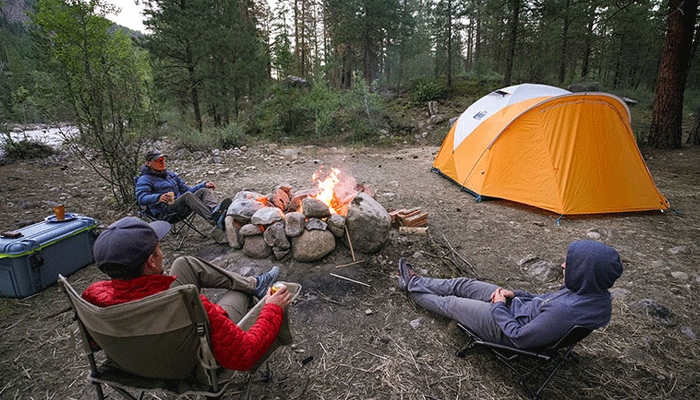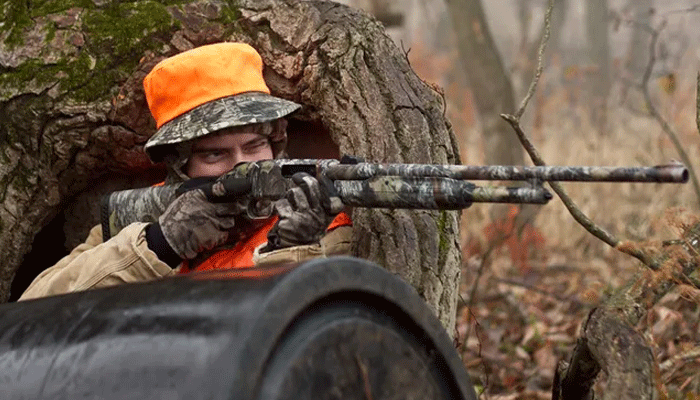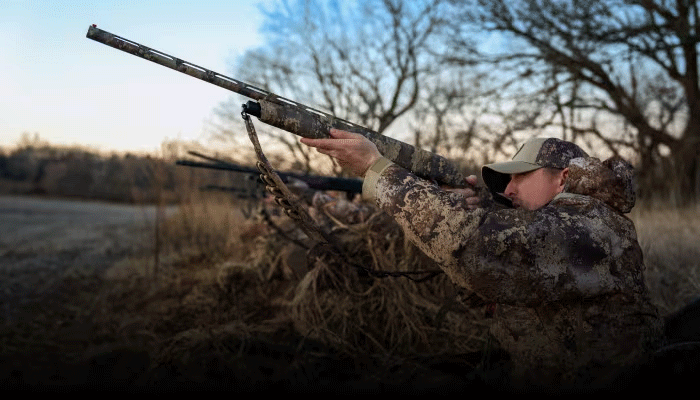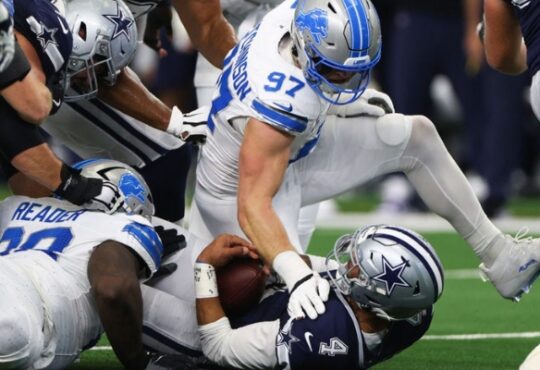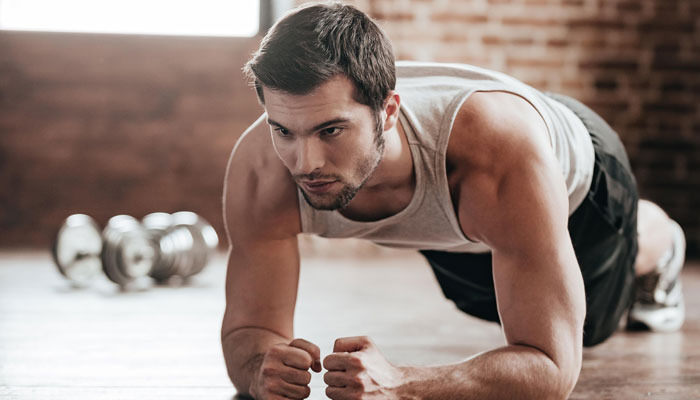
Exercise can be intimidating, especially if you’re just starting your fitness journey. It’s important to start with workouts that are both challenging and safe for beginners.
Begin by placing your hands in front of you and squatting down until your hands are on the ground. Then, hinging at the waist, jump your feet up to your palms (try to land them outside of your hands). Complete 3 sets.
Walking
One of the most simple workouts, walking is an effective whole-body exercise that can improve your cardiovascular health and help you maintain a healthy weight. Adding in a few brisk walks each week can give you the strength and endurance to progress into more vigorous exercises.
Beginners should aim to walk briskly enough that they’re able to comfortably carry on a conversation without breathing too heavily, says Stoll. You can also gauge your intensity by the way your feet land on the ground: “Try to roll through your foot so you feel like you’re pushing off and propelling yourself forward,” she adds.
To make walking more enjoyable, try listening to music or podcasts while you walk, and consider joining a group fitness class or finding a friend to walk with you. You can also set goals and track your progress with a pedometer or fitness app.
Squats
Squats are a simple but effective bodyweight exercise that targets your legs, quads, and glutes. As you progress, you can add weight to challenge yourself even further or perform different variations like box squats.
Adding a single kettlebell or dumbbell to a regular squat increases the difficulty by forcing you to keep your chest lifted and drive your feet into the ground as you straighten up. Beginners can also start with single-leg box squats, which are the same movement but just one leg at a time.
Quantifying how many calories are burned by squats is difficult without every person reading this wearing a FitBit since factors like height, weight, fitness level, and muscle/fat ratio all affect how much you burn. But the fact is that squats are a great way to build lean muscles and boost your overall endurance.
Lunges
Whether you’re a beginner looking to improve your gym performance or boost your one-rep max, lunges are an excellent exercise to work into your workouts. They work the muscles in your lower body, including your glutes and hamstrings (the muscles on the back of your legs), while also strengthening your core and improving your posture.
Lunges are also a good unilateral exercise, meaning you work only one side of the body at a time. This type of training can help build functional strength, which means you’ll be better equipped to handle everyday movements like climbing stairs and walking.
While forward lunges are the most common form of exercise, you can experiment with different variations to find the right one for your fitness level. Just be sure to start with a low range of motion and gradually increase your depth over time.
Running
Running is a popular workout that can be done anywhere, and it requires no equipment other than a good pair of shoes. It is also a highly effective exercise for boosting cardiovascular endurance, and it’s often the foundation of more advanced training regimens.
Beginners should start by walking briskly for about 30 minutes a day three to five times a week before beginning to mix in periods of running. They should aim to run for a minute, walk for two, and repeat the cycle as they become more comfortable with running.
As you get more confident with your running, you can try incorporating intervals into your workouts, which are a combination of speedy bursts and muscle-strengthening exercises. This will help you increase your speed and stamina while reducing the risk of injury. It’s a great idea to register for a race to give you something to work towards and motivate yourself to keep going.
Deadlifts
One of the best strength-training exercises is the deadlift. It builds overall body strength and helps with back pains. It also burns more calories than any other weight-training exercise.
It’s also safer than other power lifts because you don’t need spotters to assist you with the movement. However, it’s important to master proper form and find a weight that’s comfortable for you before moving on to higher reps.
“Use a weight that you can perform three to four sets of eight to 12 reps without compromising your form,” suggests Buskirk.Start with a light barbell and gradually increase the weight as you progress.
Dumbbell Rows
The bent-over dumbbell row is a pulling exercise that can build muscle and improve posture. It activates several muscles in the upper back, including the lats, posterior deltoid, and forearm.
When performing rows, trainers recommend that clients focus on keeping a flat back. This prevents the shoulders from hunching forward, which not only weakens the back muscles but also reinforces a poor posture.
For beginners, a light to moderate weight should be used for 10 to 15 repetitions per set. This can be increased as the beginner becomes more comfortable with this movement. Playing around with the lifting tempo can also increase time under tension and maximize the muscle-building benefits of this exercise. For example, changing the grip on the dumbbell can target different muscles by rotating your palms to face each other (hammer grip). This can increase biceps activation. When you’re ready to purchase fitness equipment and weights, make sure to explore the latest Flybird Fitness Voucher Code to save on your purchases and enhance your workout experience.
Push-ups
One of the most versatile exercises in the gym, push-ups are great for building strength throughout your entire upper body. They work the chest, shoulders, triceps, and core muscles all at once.
Beginners should start with wall push-ups or box push-ups, which are easier to perform because they take less of your body weight into account. Once they have mastered these variations, move on to incline push-ups on a bench.
Avoid rushing through the movement by taking at least 3-4 seconds to descend and ascend. This will help prevent injury and maximize the effectiveness of the exercise. The slower you go, the more you can focus on your form and proper alignment. This will lead to more strength development and less risk of injury over time. Performing this way will prepare you for progressions that increase the resistance of the movement.
Pull-ups
Pull-ups are a functional bodyweight exercise that builds upper-body strength. They also help sculpt and define the shoulders and back. They can be hard for beginners to master, but putting in the time and effort is well worth it.
They can be performed anywhere with a sturdy bar and your body weight, saving you money on gym memberships or complicated equipment. You can increase the challenge of these exercises by adding resistance bands or using a weight-assisted station.
Practicing the technique of pull-ups and chin-ups will build your grip strength and improve your ability to lift more weight. Remember to lead with your chest when pulling yourself up so that you don’t injure your shoulder muscles. Wide-grip pull-ups target your lats, while chin-ups focus on the lower and middle back and biceps. Both exercises can be performed with various hand positions to further vary their effectiveness.
Abdominal Exercises
Many jobs require twisting, lifting, and extending the limbs. Building core strength and endurance will make such everyday movements easier, reducing back pain and injuries.
The hollow hold is an easy-to-do exercise that builds ab strength without stressing the neck and shoulders. Lie flat on your back and bend your knees to curl them into your chest, then extend one arm and leg so both are hovering a few inches above the floor. Repeat for a few seconds on each side.
The plank strengthens the abdominals, obliques, and hip muscles. As a beginner, you may not be able to lift your body high like the Italian Stallion in a Rocky montage but focus on achieving full control of your core with each rep. Eventually, you can progress to performing weighted planks. Aim for 2-3 sets of 10-15 reps with complete control.
Stretching
Having flexible muscles and joints makes it easier to perform basic movements like bending over or picking something up. Stretching is also important to prevent tight muscles and reduce the risk of injury.
When stretching, remember to avoid bouncing, which can injure the muscles. Instead, move in a smooth motion. Hold each stretch for 30 seconds, or longer in problem areas. If you feel pain, you are pushing too hard and should back off.
Dynamic stretching, such as slow, controlled leg and arm swings or torso twists, is ideal as a warm-up before a workout or activity. Try to stretch periodically throughout the day, too. This can help improve posture, reduce pain and stiffness, and even relieve stress. It can also make pregnancy more comfortable by lengthening muscles and reducing pressure on joints. This is called active flexibility. When you need fitness equipment or accessories to support your active lifestyle, be sure to explore the latest Fitness Voucher Codes to save on your purchases and make staying active even more affordable.
Conclusion
starting a fitness journey can be intimidating, but incorporating these top 10 basic exercises for beginners can be a great starting point. Remember to listen to your body, take breaks when needed, and stay consistent with your exercise routine. With time and dedication, you can improve your overall health and fitness level. Along the way, remember to celebrate your accomplishments!



